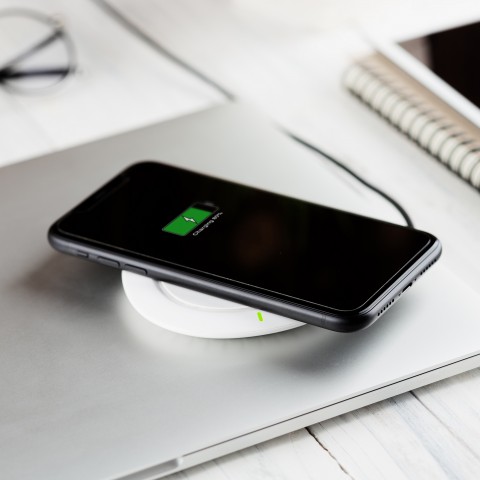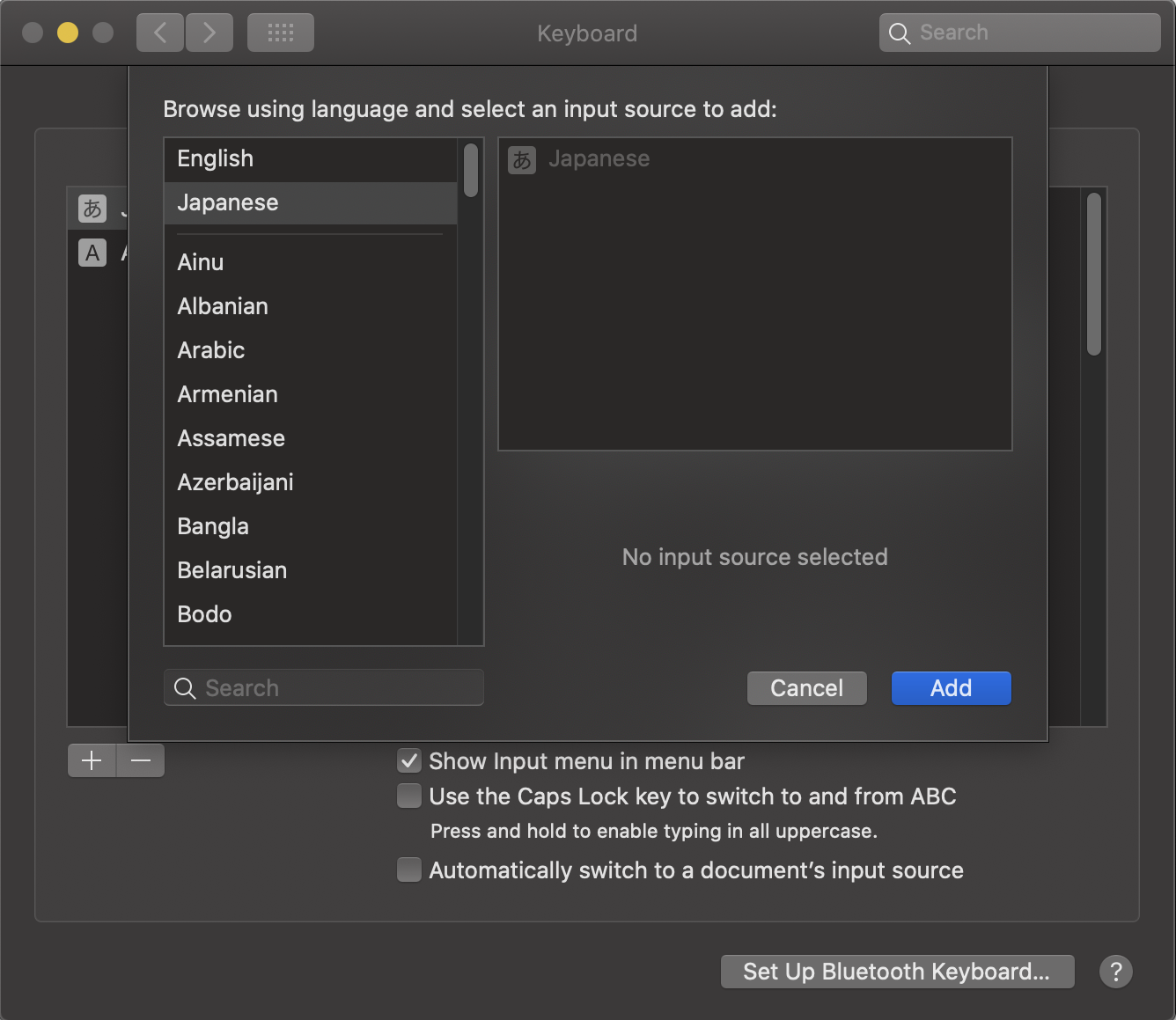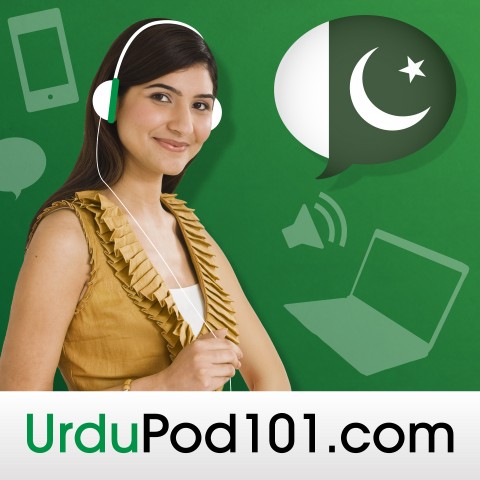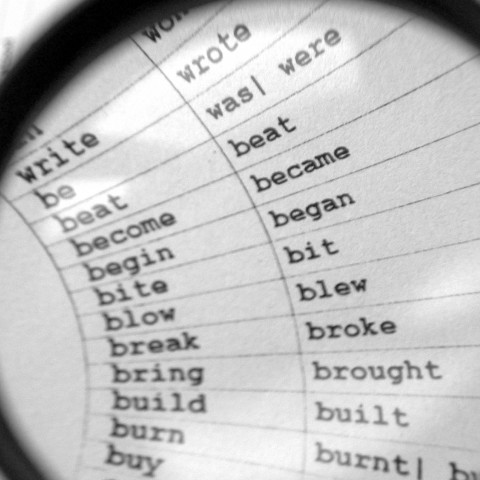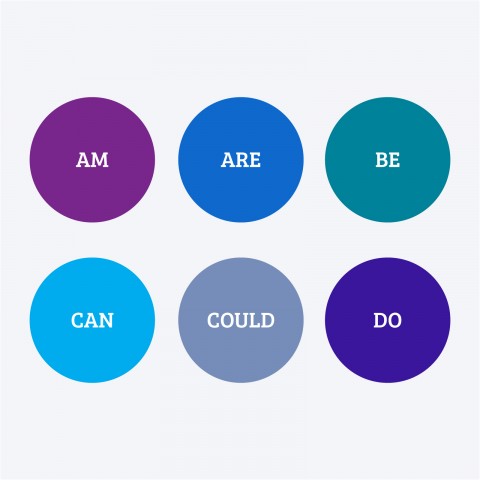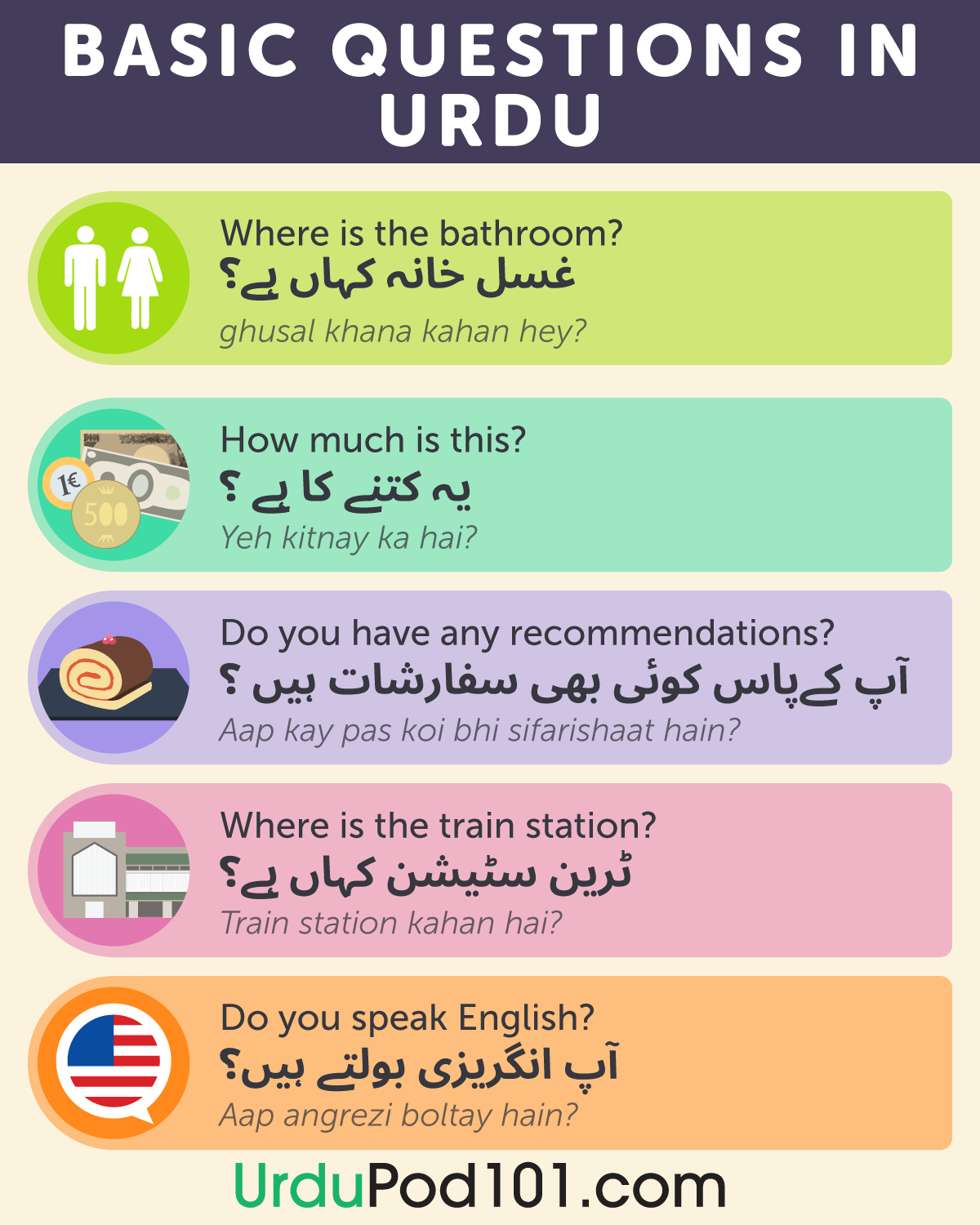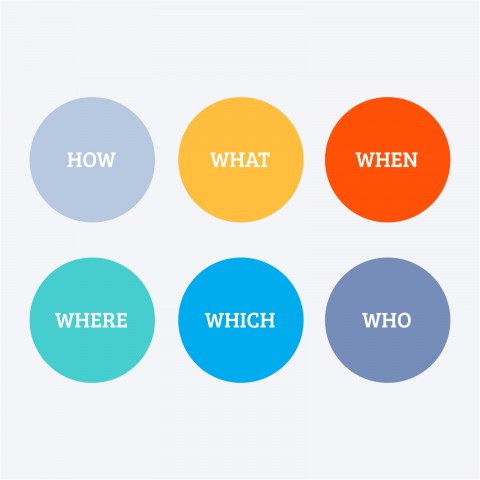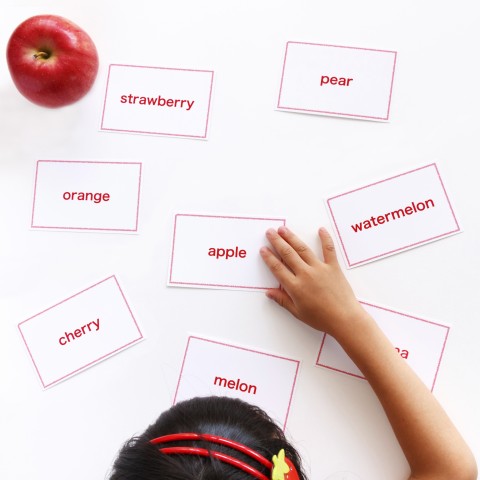
“The price of inaction is far greater than the cost of making a mistake.” — Meister Eckhart
As a learner of a foreign language, you should always opt to make mistakes instead of keeping quiet. While no one enjoys making mistakes, they’re an inevitable part of language-learning, and every successful learner has made them. Just remember that it’s important to learn from those mistakes so as not to repeat them!
In this article, we’ll outline the most common mistakes Urdu-learners make and how to avoid them.
But before we start, a quick note:
If you’re an Urdu-learner, you’ll come to know at some point that even native Pakistanis are susceptible to making mistakes in their own language. For example, many Pakistanis are unable to differentiate between غلط العام (ghalat-ul-aam), which are Urdu words that are incorrect but accepted by the academics due to their overuse, and غلط العوام (ghalat-ul-awam), which are incorrect Urdu words that are frequently used in public but are not accepted by the academics as correct.
So don’t be discouraged if you make the occasional error in Urdu—you’re not alone!
 Table of Contents
Table of Contents
- The Incorrect Use of Gender Cases
- Beware of False Friends
- Some Common Mistakes in the Conjugation of Urdu Verbs
- Common Word Order Mistakes in Urdu
- Some Common Urdu Pronunciation Mistakes
- Other Urdu Mistakes
- Conclusion
1. The Incorrect Use of Gender Cases

Native speakers almost never make this mistake in Urdu, but new learners make it all the time! For example, in Pakistani society, a native Urdu-speaker will never say:
کیا آپ نے دودھ پی؟
kia aap nay doodh pi?
It’s an incorrect sentence because دودھ (doodh), meaning “milk,” is always masculine. The correct sentence is:
کیا آپ نے دودھ پیا؟
kia aap nay doodh piya?
“Did you drink milk?”
A non-native may also say:
کیا آپ نے چائے پیا؟
kia aap nay chaye piya?
This is also incorrect, for the noun چائے (chaye), meaning “tea,” is always treated as feminine in the Urdu language. The correct sentence is:
کیا آپ نے چائے پی؟
kia aap nay chaye pi?
“Did you take tea?”
We recommend that you always learn the Urdu nouns along with their gender so you can use them correctly in terms of gender agreement.
Appropriate use of تاہے/تی ہے and تاہوں/تی ہوں
Another set of common Urdu-learner mistakes involves using the inappropriate words for masculine and feminine subjects. Here’s an example of how a non-native female may speak incorrectly in this regard:
میں ٹی-وی دیکھنا پسند کرتا ہوں۔
mei TV dekhna pasand karta hu.
“I like to watch TV.”
The sentence above is incorrect when spoken by a female, but is correct when spoken by a male. The following sentence is the correct way for a female to say this sentence:
میں ٹی-وی دیکھنا پسند کرتی ہوں۔
mei TV dekhna pasand karti hu.
“I like to watch TV.”
Here, the key is to learn the appropriate usage of تا ہوں (masculine) and تی ہوں (feminine). This will help you avoid making gender agreement mistakes in Urdu.
2. Beware of False Friends

Common Urdu mistakes often arise from “false friends,” which you’ll find plenty of while studying the language. False friends are words which appear to be similar to each other, but communicate different meanings. This may result in confusion and complicate the communication process.
Below is a list of words that are often mistaken for one another in Urdu:
- محرم (moharam) – first month of the Islamic calendar / محرم (mehram) – “one who knows”
- پیڑ (peerr) – “pain” / پیڑ (pairr) – “tree”
- دانہ (dana) – “grain” / داناء (danaa) – “wise”
- ریت (rait) – “sand” / ریت (reet) – “tradition”
- پریت (preet) – “love” / پریت (prait) – “apparition”
- کھاتہ (khata) – “account” / کھاتا (khata) – “eats” [conjugation of the Urdu verb کھانا (khana), meaning “eat”]
- پتہ (pata) – “address” / پتا (patta) – “leaf”
3. Some Common Mistakes in the Conjugation of Urdu Verbs
Making it through the labyrinth of Urdu verb conjugation is an uphill task for any foreign learner. However, it is achievable once you understand the rules and how they work. Before we continue, you may want to read our article all about Urdu Verb Conjugation to brush up on the basics.
Below, we’ll introduce you to some very basic Urdu mistakes that one may make while conjugating verbs.
میں یہ کرے گا
mei yeh karay ga.
وہ یہ کروں گی
woh yeh karu gi.
تم یہ کرے گی
tum yeh karay gi.
In each of these three sentences, the Urdu verb کرنا (karna), meaning “to do,” is incorrectly conjugated. Now, let’s see how to conjugate this verb correctly:
میں یہ کروں گا۔
mei yeh karun ga.
“I will do this.”
وہ یہ کرے گی۔
woh yeh karay gi.
“She will do this.”
تم یہ کرو گے۔
tum yeh karo gay.
“You will do this.”
4. Common Word Order Mistakes in Urdu

Did you ever have to complete sentence diagrams in school? Well, believe it or not, those exercises probably gave you a good idea of how word order and sentence structure work in your language. Better still, you can transfer this knowledge over to Urdu! Here, we’ll introduce you to the basic concepts pertaining to proper Urdu word order.
If you want to have an even deeper understanding of Urdu word order, see our dedicated Urdu Word Order article!
A- SVO vs. SOV
One unique distinction of Urdu script is that it’s written from right to left; its syntactic word order is Subject + Object + Verb. On the other hand, the word order of English is Subject + Verb + Object. To understand the difference, have a look at this sentence:
وہ بانسری بجاتا ہے۔
V O S
woh bansuri bajata hai.
V O S
“He plays the flute.”
S V O
B- Placement of Adjectives and Pronouns
In Urdu, pronouns are usually placed at the beginning of the sentence. Here are some examples:
ہم فلم دیکھتے ہیں۔
hum film daikhtay hain.
“We watch a film.”
تم گانا گاتے ہو۔
tum gana gatay ho.
“You sing a song.”
As for the placement of adjectives in Urdu sentences, note that they’re always placed before the noun they describe:
وہ نیلی کار چلاتا ہے۔
woh neeli car chalata hai.
“He drives a blue car.”
وہ سرخ سیب پسند کرتا ہے۔
woh surkh saib pasand karta hai.
“He likes red apples.”
5. Some Common Urdu Pronunciation Mistakes

Among all of the Urdu language mistakes that learners make, incorrect pronunciation is at the top of the list. That said, the best way to improve your pronunciation is to practice and learn from your mistakes as you go. If you want to dig deeper into the topic of pronunciation, feel free to read our article all about Urdu Pronunciation.
Now, let’s see a few of the most common pronunciation mistakes for Urdu-learners.
ا (alif) vs. ع (ain)
Urdu-learners often confuse the sounds ا (alif) and ع (ain).
The pronunciation of آم (aam) and عام (aam) are quite similar in English, but they tend to sound different when spoken by natives. Since, in English, there’s no sound equal to the consonant ع, it’s very common for native English-speakers to say it incorrectly.
ت (tay) vs. ط (to’e)
On a similar note, non-natives tend to confuse the sounds of ت (tay) and ط (to’e). The latter sound is absent in English as well. Let’s see how these two sounds are most often confused.
- تارک (tarik) – “the one who denounces”
- طارق (tariq) – “morning star”
Due to the absence of the latter sound in English, it’s much more commonly mispronounced by English-speakers than the former sound.
ک (kaaf) vs. ق (qaaf)
Another pair of sounds that often confuses Urdu-learners is ک (kaaf) and ق (qaaf). However, there’s a big difference in the pronunciation of these two sounds; the former is much closer to the ‘k’ sound and the latter is equivalent to the ‘q’ sound. Here’s an example of how these sounds are often confused:
- کاش (kaash) – “would that”
- قاش (qaash) – “piece”
6. Other Urdu Mistakes

Finally, some of the most common embarrassing mistakes in Urdu have to do with using the wrong word! Following are some examples of mistakes you should avoid.
A- Replacing سوکھی with سکھی
سدا سکھی رہو۔
sada sukhi raho.
“May you be happy forever.”
سدا سُوکھی رہو۔
sada sookhi raho.
“May you be thin forever.”
B- Replacing مرض with مرد
اسے ایک مرض لگا ہوا ہے۔
Usay aik marz laga hua hai.
“She is suffering from an illness.”
اسے ایک مرد لگا ہوا ہے۔
Usay aik mard laga hua hai.
“A man is attached to her.” OR “A man is using her.” (sexual connotation)
7. Conclusion
In this article, you’ve learned about the most common mistakes in learning Urdu along with some common Urdu grammar mistakes. With this knowledge in mind, and an abundant source of vocabulary tools and other language lessons, you should be able to avoid these Urdu mistakes with few problems.
Did we miss any particular Urdu mistakes that you wanted to know about? Let us know in the comments!
Remember to visit UrduPod101.com—a storehouse saturated with resources about the Urdu language. We always take pleasure in extending our helping hand to you in your efforts to learn Urdu.
Until next time, very happy Urdu-learning!





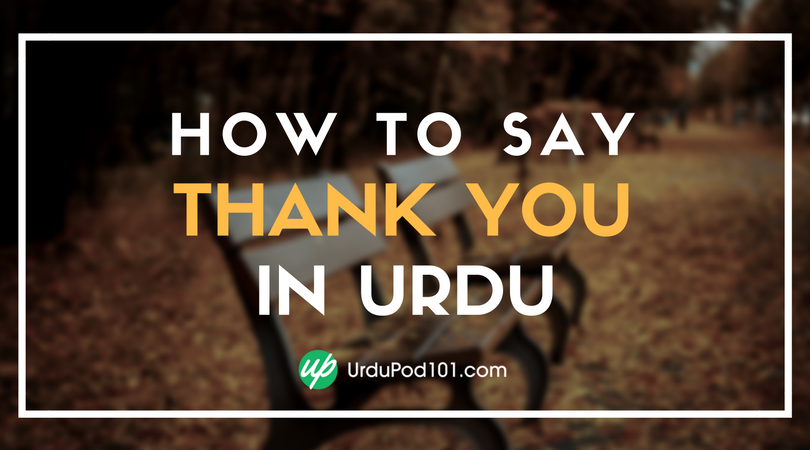
















 Table of Contents
Table of Contents







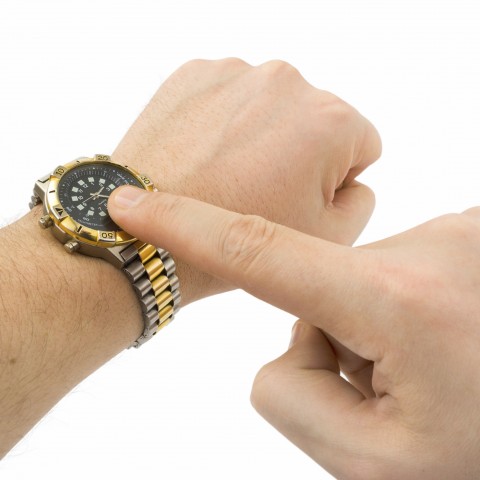



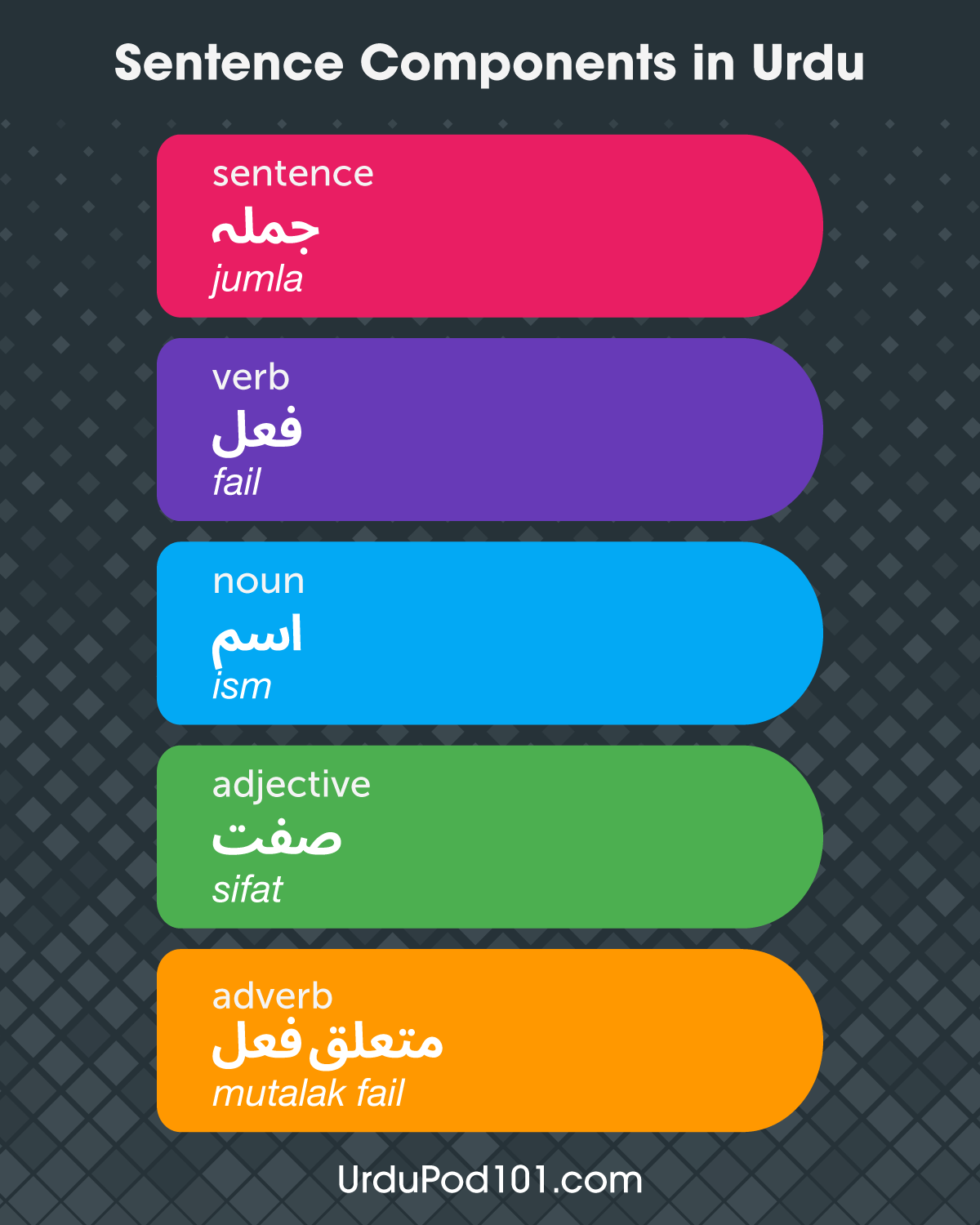






 Table of Contents
Table of Contents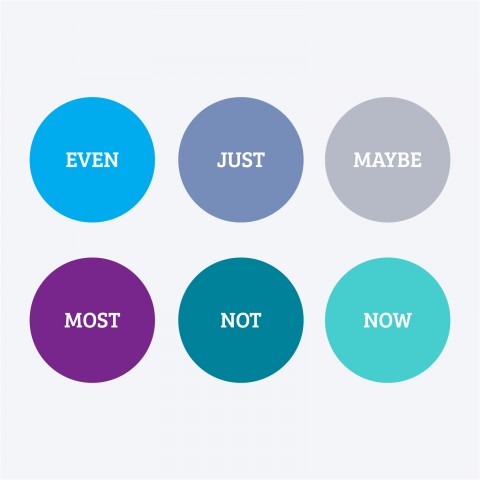








 Table of Contents
Table of Contents
